Case Number : Case 1195 - 21th January Posted By: Guest
Please read the clinical history and view the images by clicking on them before you proffer your diagnosis.
Submitted Date :
41 year old male, lesion on back – erythematous and pigmented ? BIN

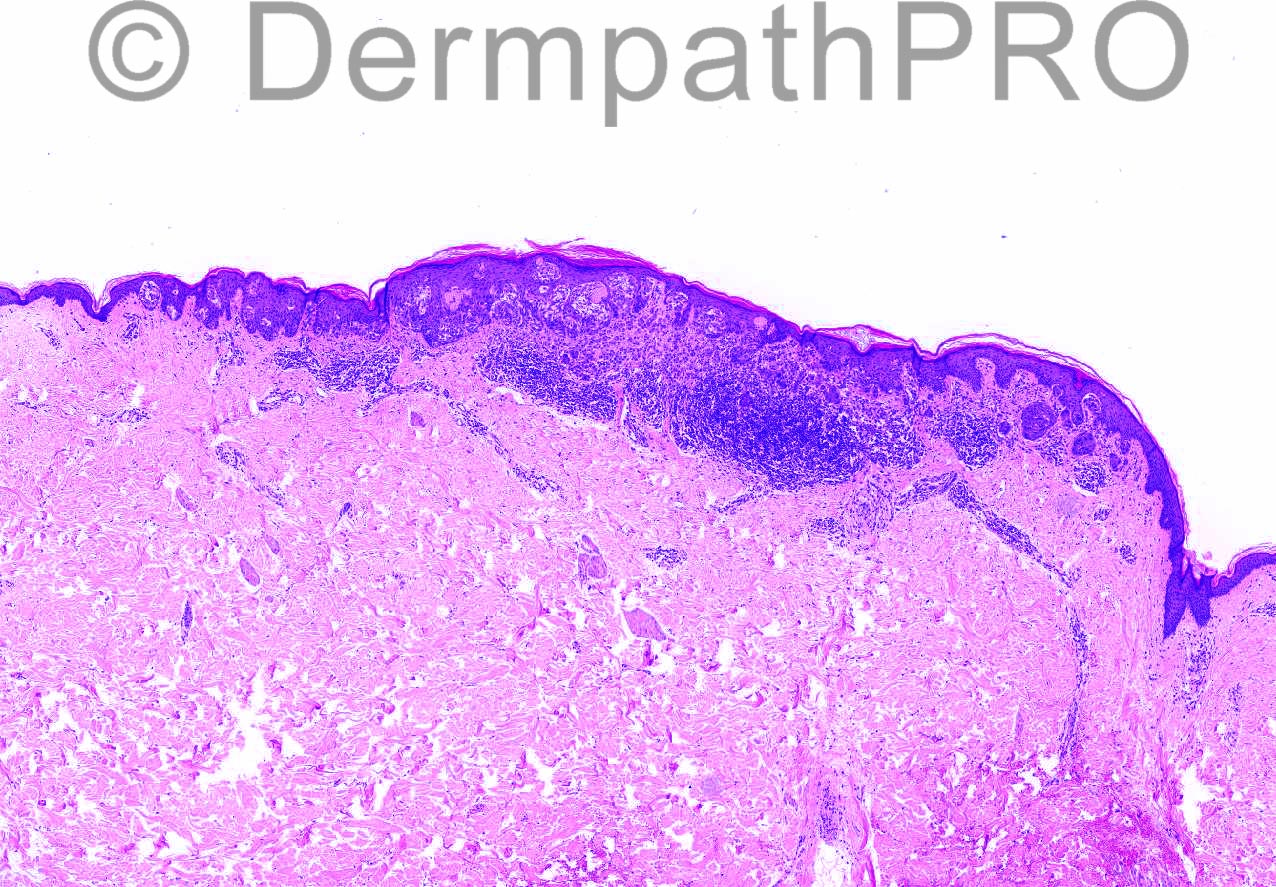
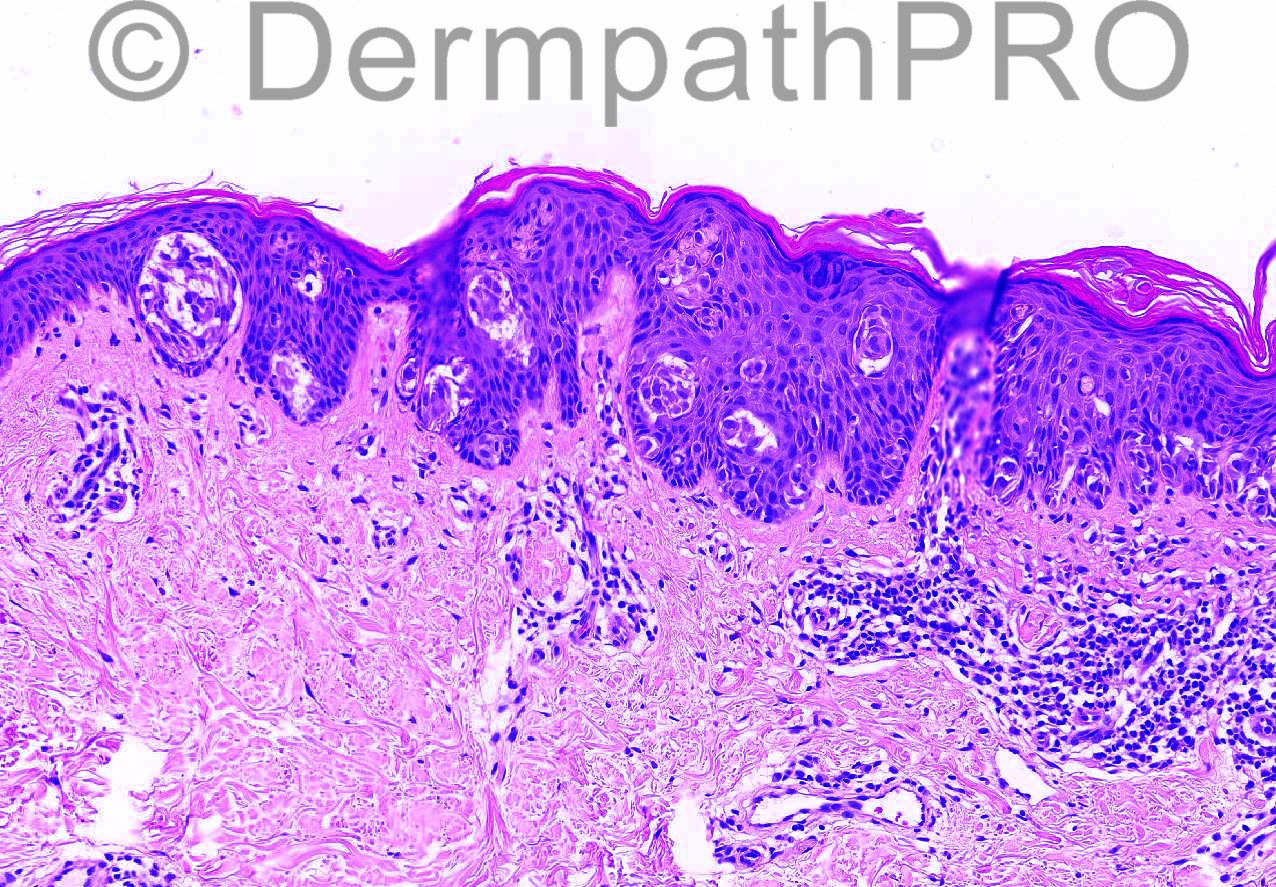
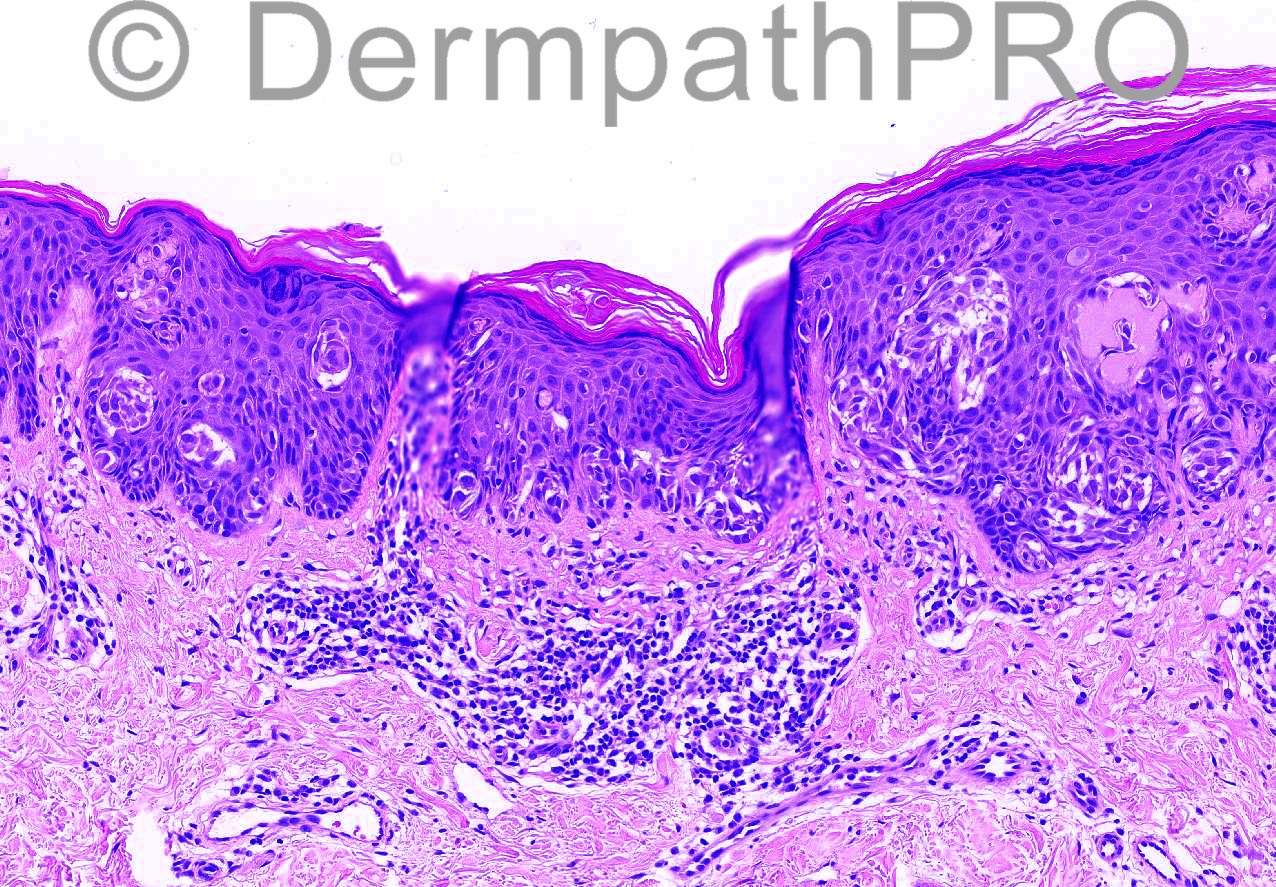

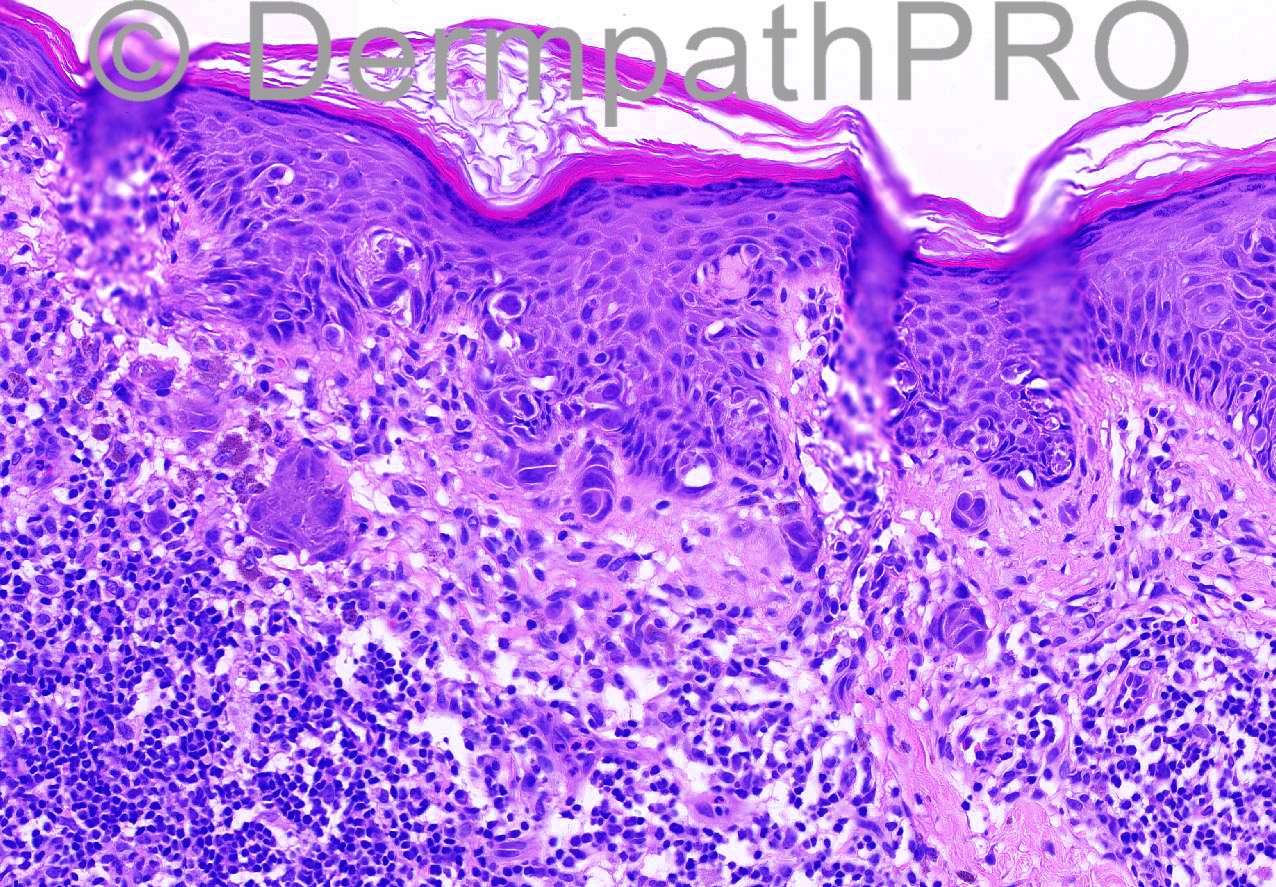
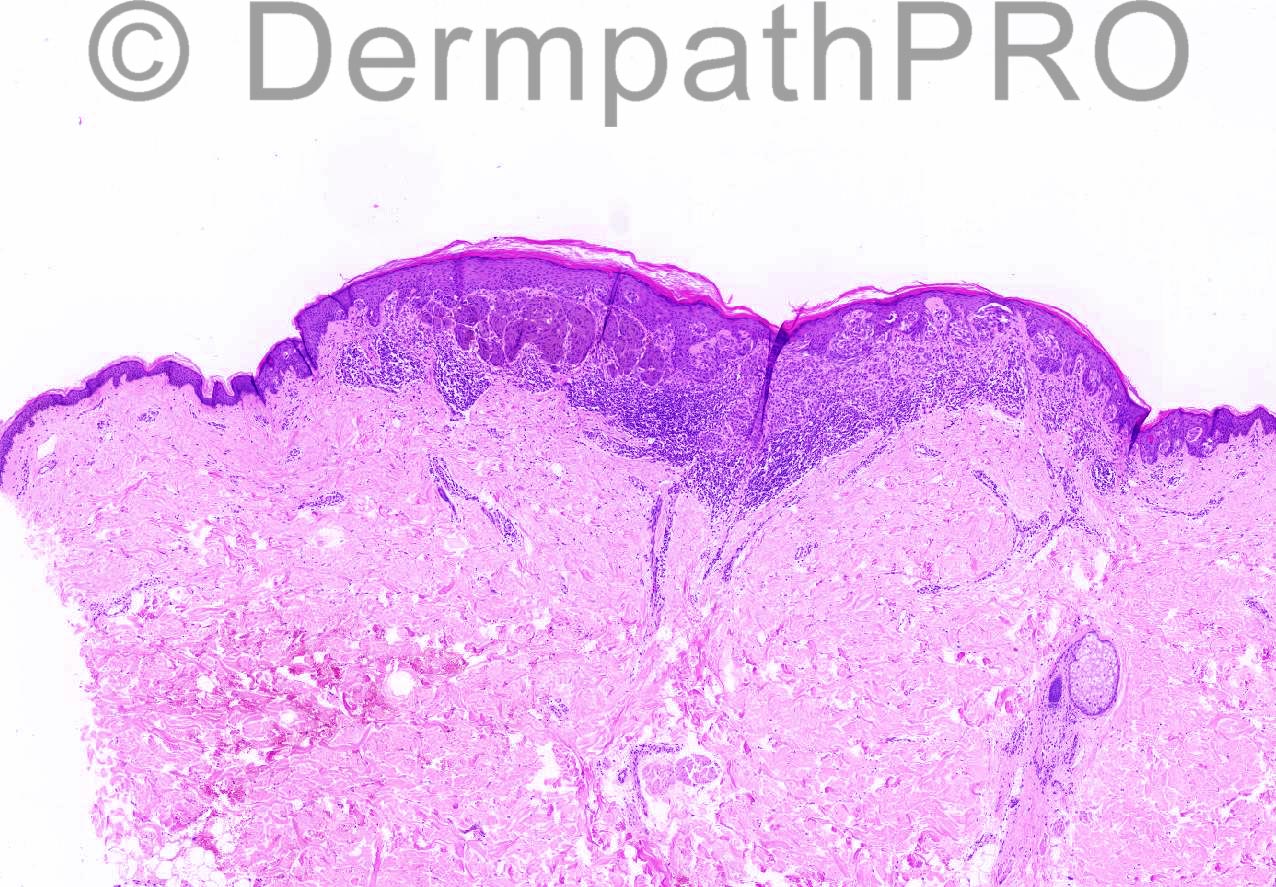
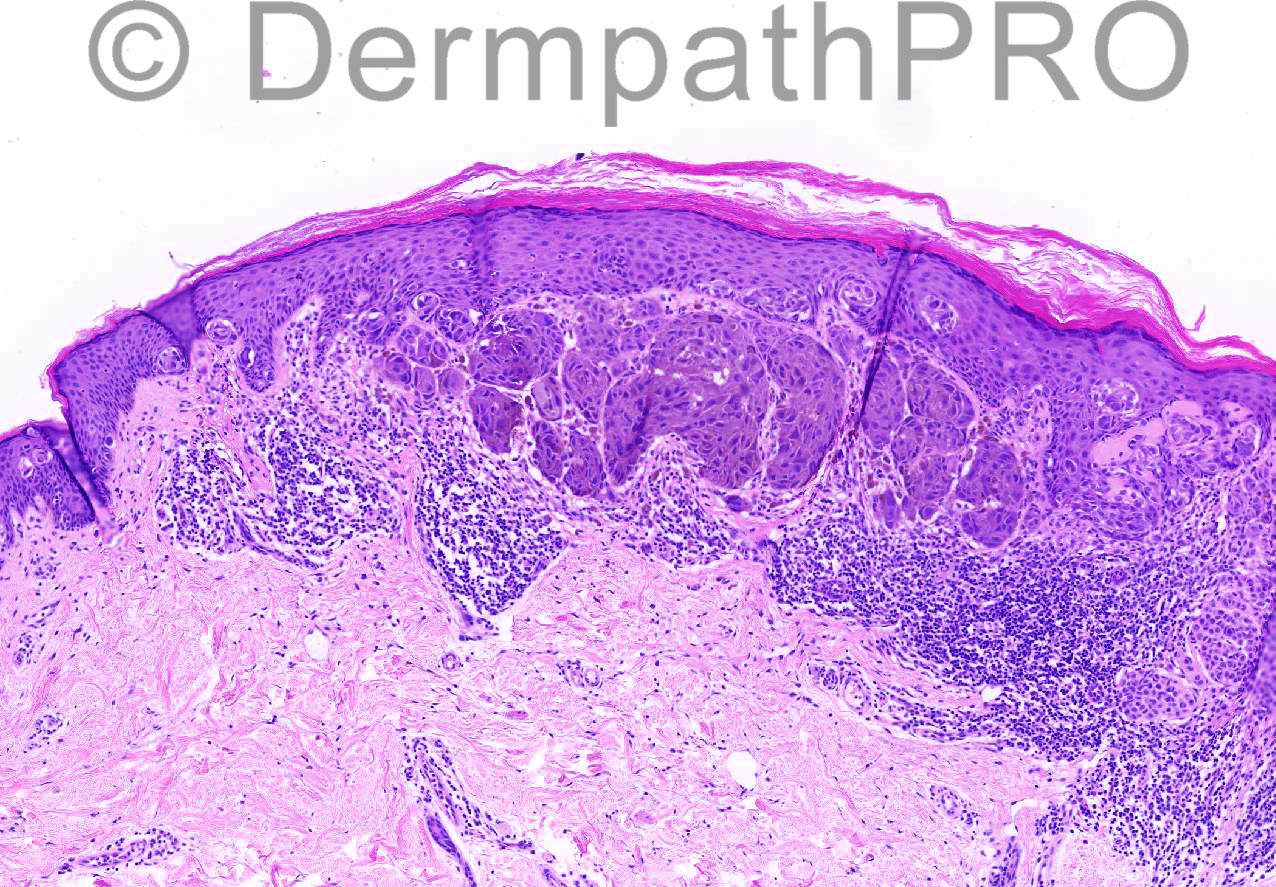
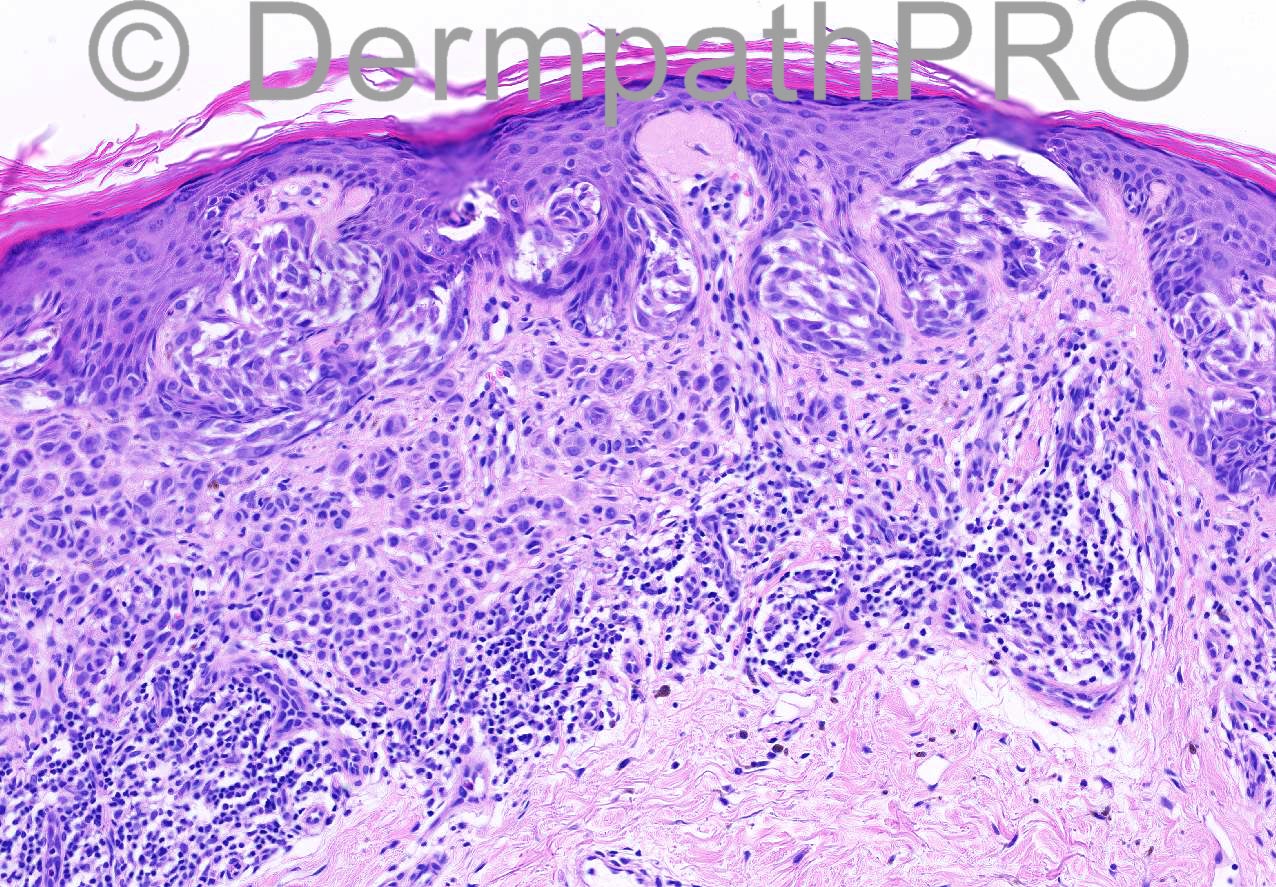
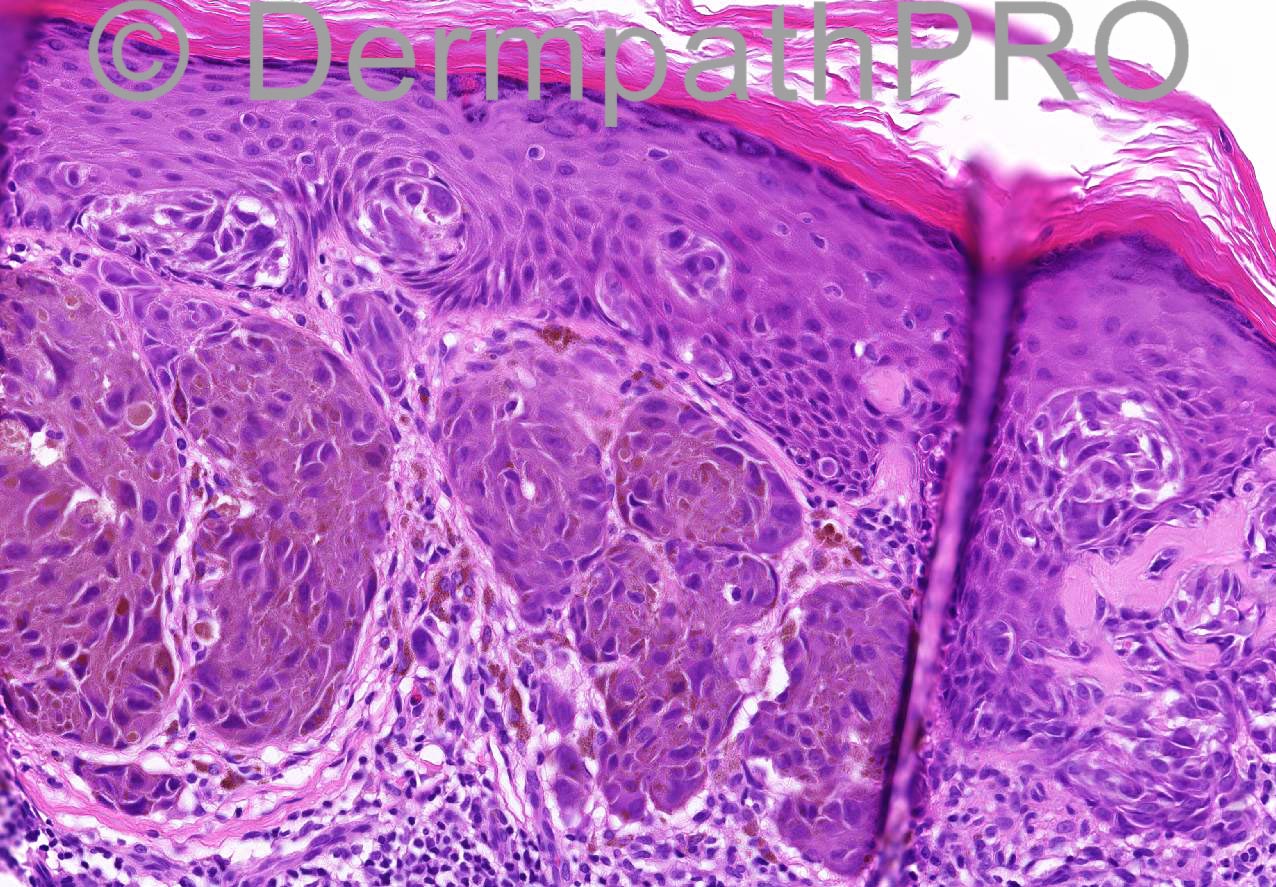

Join the conversation
You can post now and register later. If you have an account, sign in now to post with your account.